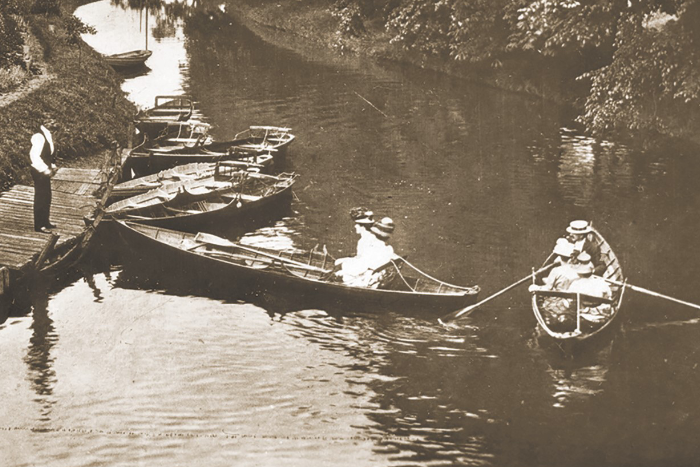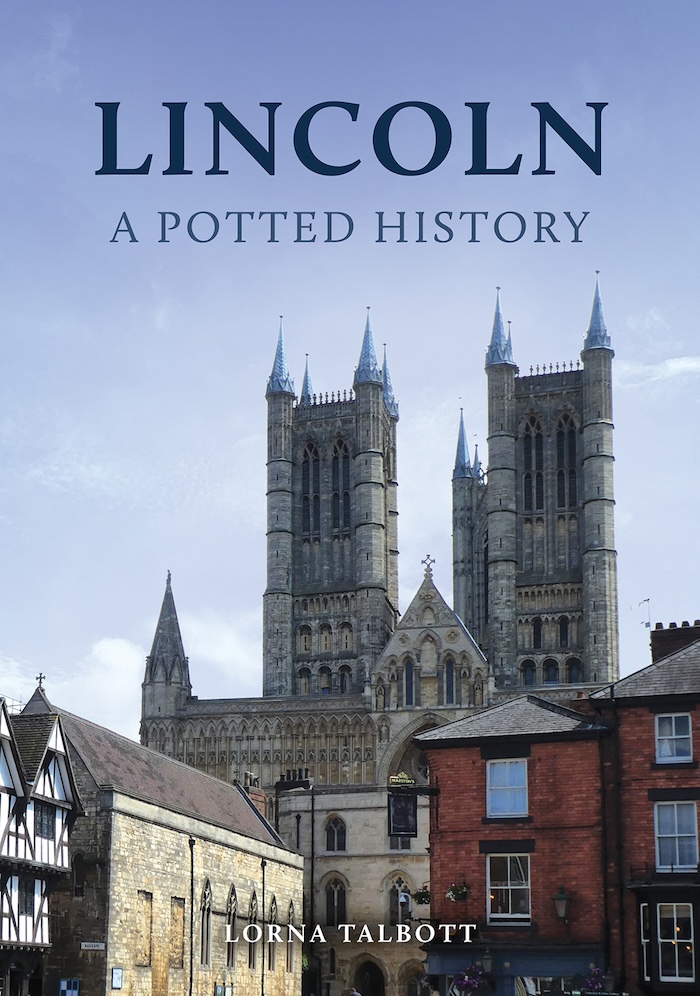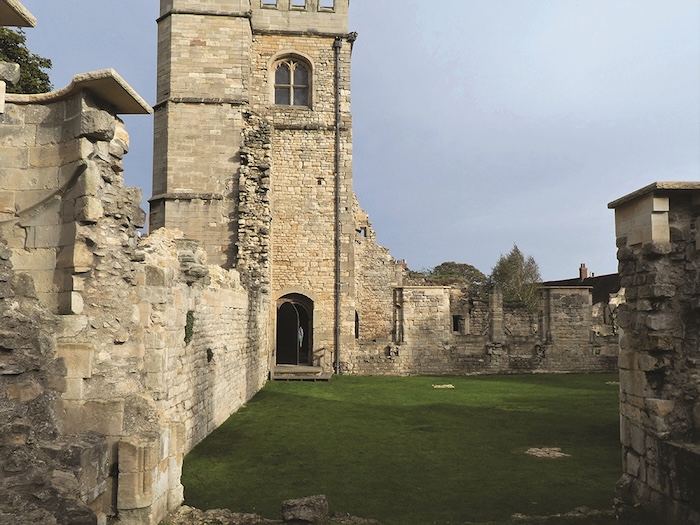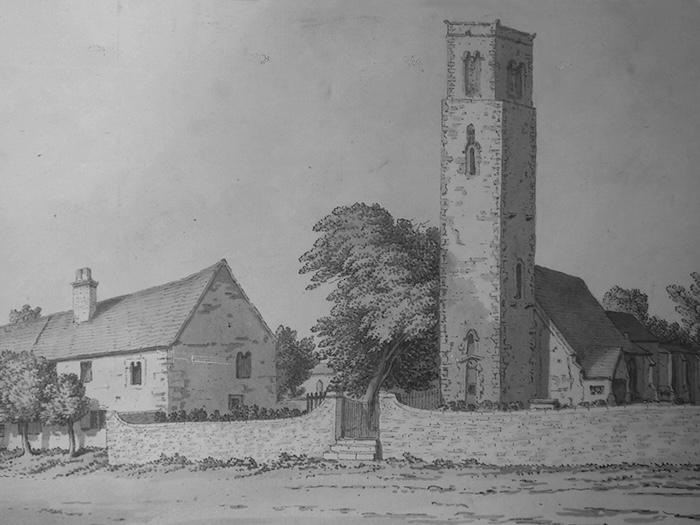
Something for the Weekend : Win Lincoln - A Potted History
We know visitors to Hello Lincoln love a bit of nostalgia, so we thought we’d tell you about new book that’s packed with historical images and information – and give you a chance to win a copy.
Lincoln - A Potted History by Lorna Talbott is an accessible portrait of the city’s transformation through the ages.
It’s now a modern university city with a bustling twenty-first-century waterfront with restaurants, bars and hotels and most people know that our popular tourist destination has an ancient history that can be traced back 2,000 years to when it was a large Roman harbour town called Lindum Colonia.
Lorna Talbott’s book fills in some of the blanks for many of us about the transformation the city has undergone over the centuries.
It puts into context much of Lincoln’s architectural heritage that remains with the Roman infrastructure and buildings from the time of the Norman Conquest still in existence close to Lincoln Cathedral.
As a market town, Lincoln prospered due to its proximity to the ancient Fosse Way, which made trading easy, and with the arrival of the railways and industry in the 19th century Lincoln became a major centre for heavy industry.
The city also played a unique role in both World Wars. It was at Lincoln’s William Foster and Co. factory that the first tank was developed for the military in 1916, and nearby airfields, which were home to Bomber Command, became pivotal in helping the Allies to win the Second World War.
Lincoln – A Potted History will be of great interest to residents, visitors and all those with links to the city.
To be in a chance of winning a copy of the book just tell us where the buildings illustrated in the bottom image are located in Lincoln.
Send your answers to
Main picture above shows the River Witham on an old postcard – it had multiple uses at the turn of the 20th Century.

Cover of Lorna Talbott’s Lincoln – A Potted History.

In the 14th century Bishop’s Palace was finer than some royal residences.

St Peter at Gowt’s seen alongside St Mary’s Guildhall in a 19th century sketch. Where are these buildings in modern Lincoln?
